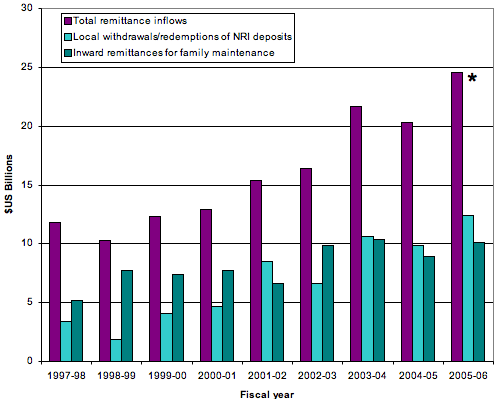Exchange Rates and the Balance of Payments Impact of the World Economy Economy USA North
Post on: 16 Март, 2015 No Comment

Currencies from different nations are traded in the foreign exchange market, where the price of the U.S. dollar, for instance, rises and falls against other currencies with changes in supply and demand. When firms in the United States want to buy goods and services made in France, or when U.S. tourists visit France, they have to trade dollars for French francs. That creates a demand for French francs and a supply of dollars in the foreign exchange market. When people or firms in France want to buy goods and services made in the United States they supply French francs to the foreign exchange market and create a demand for U.S. dollars.
Changes in people’s preferences for goods and services from other countries result in changes in the supply and demand for different national currencies. Other factors also affect the supply and demand for a national currency. These include the prices of goods and services in a country, the country’s national inflation rate, its interest rates, and its investment opportunities. If people in other countries want to make investments in the United States, they will demand more dollars. When the demand for dollars increases faster than the supply of dollars on the exchange markets, the price of the dollar will rise against other national currencies. The dollar will fall, or depreciate, against other currencies when the supply of dollars on the exchange market increases faster than the demand.
All international transactions made by U.S. citizens, firms, and the government are recorded in the U.S. annual balance of payments account. This account has two basic sections. The first is the current account, which records transactions involving the purchase (imports) and sale (exports) of goods and services, interest payments paid to and received from people and firms in other nations, and net transfers (gifts and aid) paid to other nations. The second section is the capital account, which records investments in the United States made by people and firms from other countries, and investments that U.S. citizens and firms make in other nations.

These two accounts must balance. When the United States runs a deficit on its current account, often because it imports more that it exports, that deficit must be offset by a surplus on its capital account. If foreign investments in the United States do not create a large enough surplus to cover the deficit on the current account, the U.S. government must transfer currency and other financial reserves to the governments of the countries that have the current account surplus. In recent decades, the United States has usually had annual deficits in its current account, with most of that deficit offset by a surplus of foreign investments in the U.S. economy.
Economists offer divergent views on the persistent surpluses in the U.S. capital account. Some analysts view these surpluses as evidence that the United States must borrow from foreigners to pay for importing more than it exports. Other analysts attribute the surpluses to a strong desire by foreigners to invest their funds in the U.S. economy. Both interpretations have some validity. But either way, it is clear that foreign investors have a claim on future production and income generated in the U.S. economy. Whether that situation is good or bad depends how the foreign funds are used. If they are used mainly to finance current consumption, they will prove detrimental to the long-term health of the U.S. economy. On the other hand, their effect will be positive if they are used primarily to fund investments that increase future levels of U.S. output and income.














